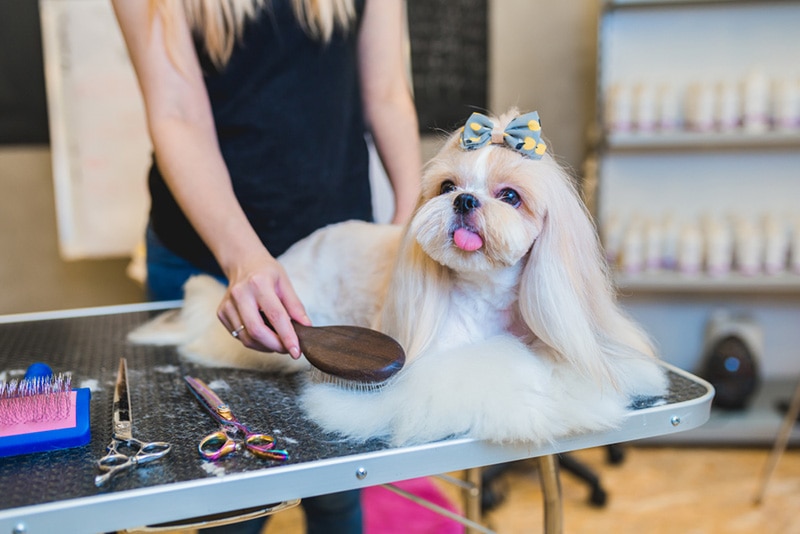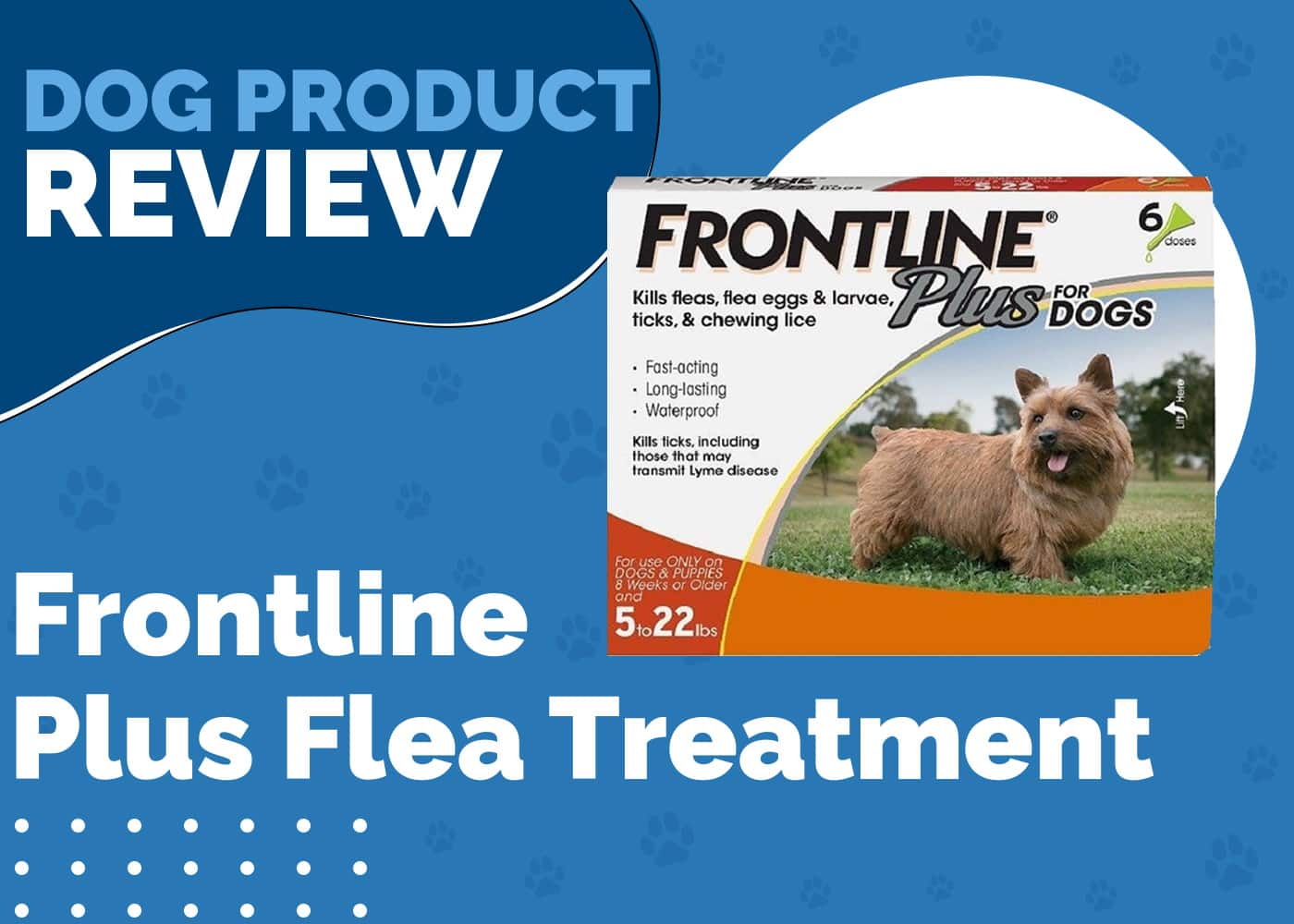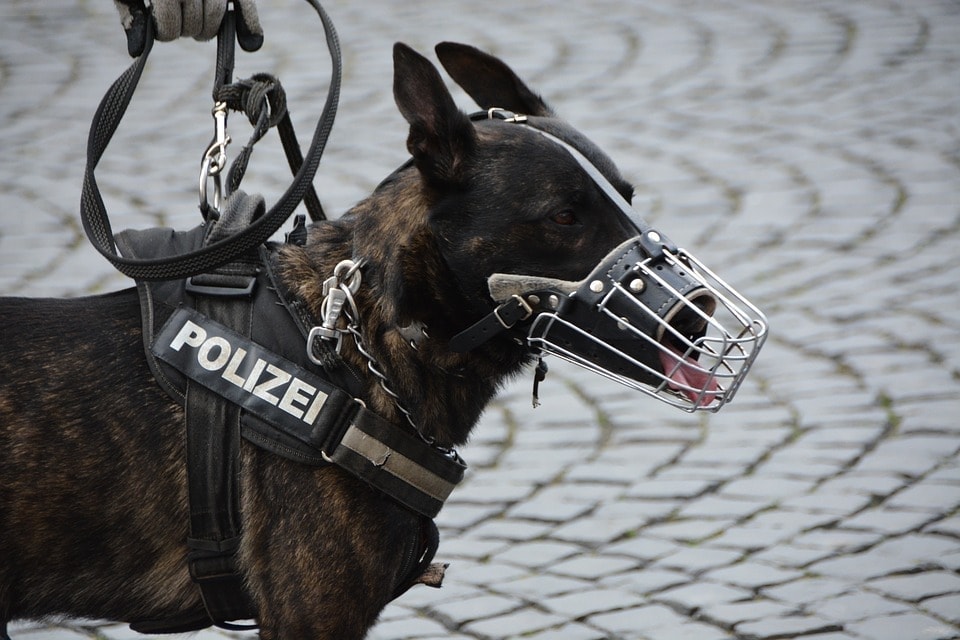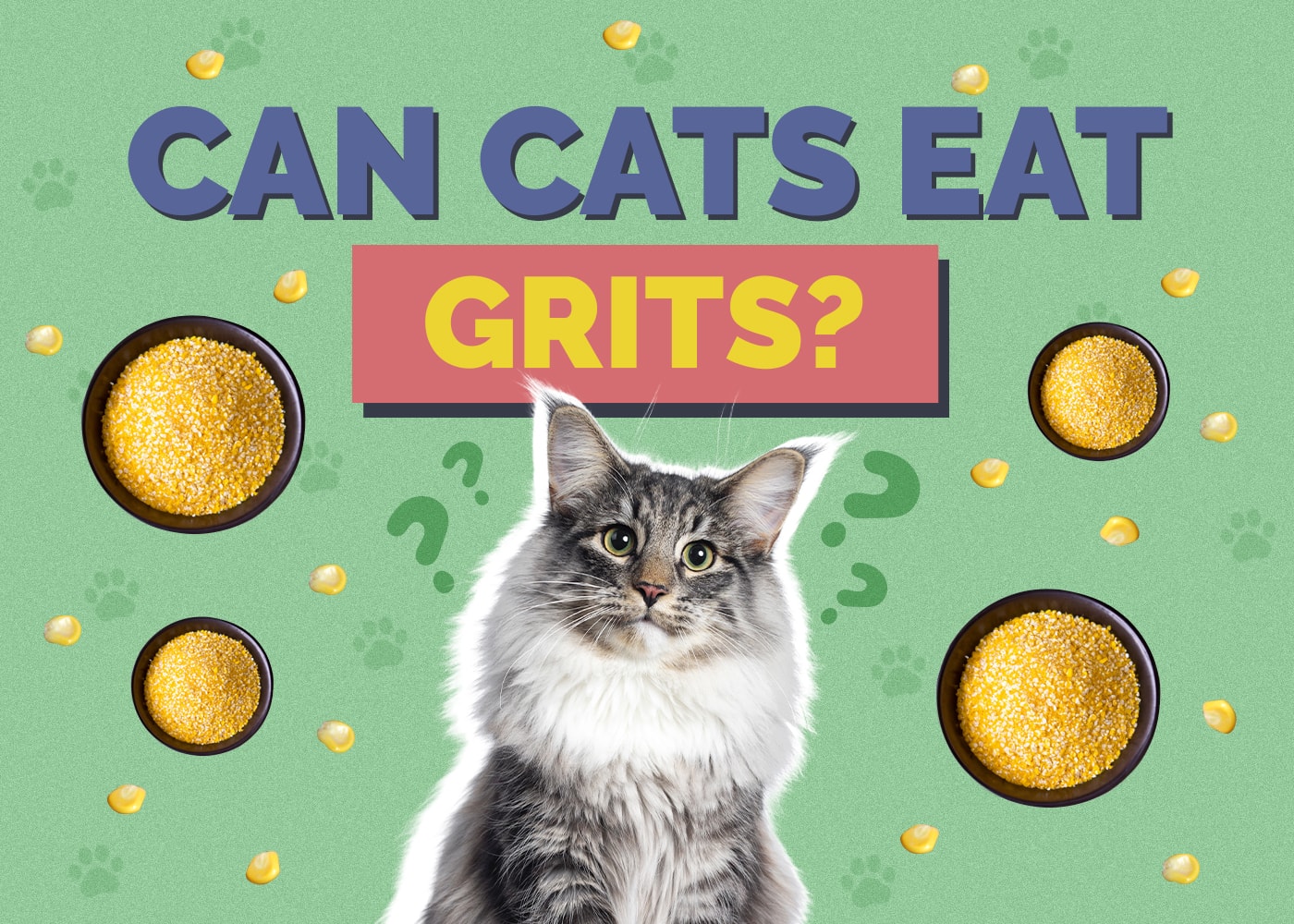Do Havanese Dogs Shed a Lot? Grooming & Hairstyle Tips
By Ashley Bates
Updated on
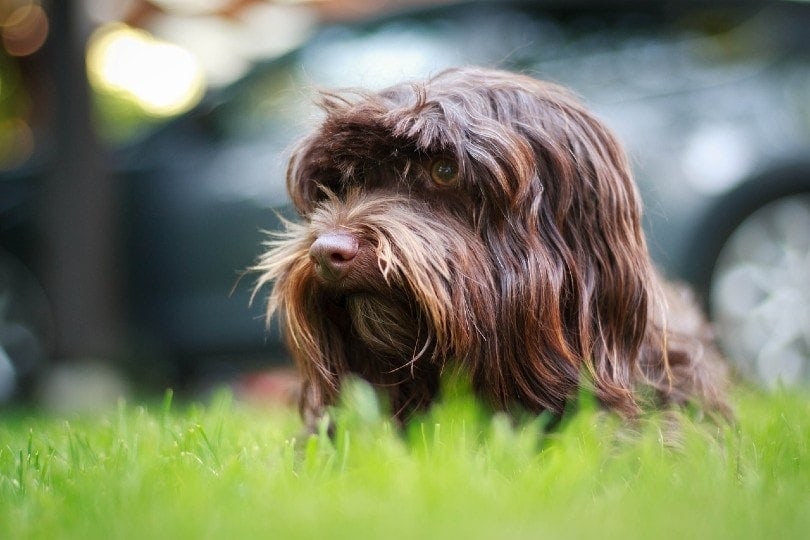
One of the attractive attributes of the Havanese is its beautiful, long coat. However, if you’re a person who prefers sweeping up as little shed as possible without the extra dander, you may wonder about the shedding.
After all, these dogs can grow floor-length coats. Surprisingly, even though your Havanese has impressively long locks, they very rarely shed. This makes the breed an ideal choice for allergy sufferers.
Havanese Dogs Shed Very Little
The Havanese has a long, straight coat that is soft to the touch. Coats are long, reaching 6 to 8 inches in length. While they sport luscious, healthy locks, they don’t lose much hair along the way. So, if you’re the kind of person who dislikes cleaning up the shed all the time, this is a terrific breed to consider.
It might seem like these dogs could handle chilly temperatures, but this isn’t true. Unlike cold-equipped dogs who also have a double coat, this dog gets cold easily.
Havanese Dogs Work Well for Allergy Sufferers
The lack of shedding definitely has its upsides. This makes their coats easy to manage and less troublesome for allergy sufferers. We want to make it clear—no dog is truly hypoallergenic. This means they can still trigger a reaction to some degree.
However, these dogs would be considered nearly hypoallergenic, as far as those standards go. This quality makes them ideal picks for folks with mild to moderate allergies.
The Havanese will affect allergy sufferers differently. Before you adopt or purchase a Havanese puppy of your own, it is best to be around one. Being around another dog of this breed will tell you how you typically react.
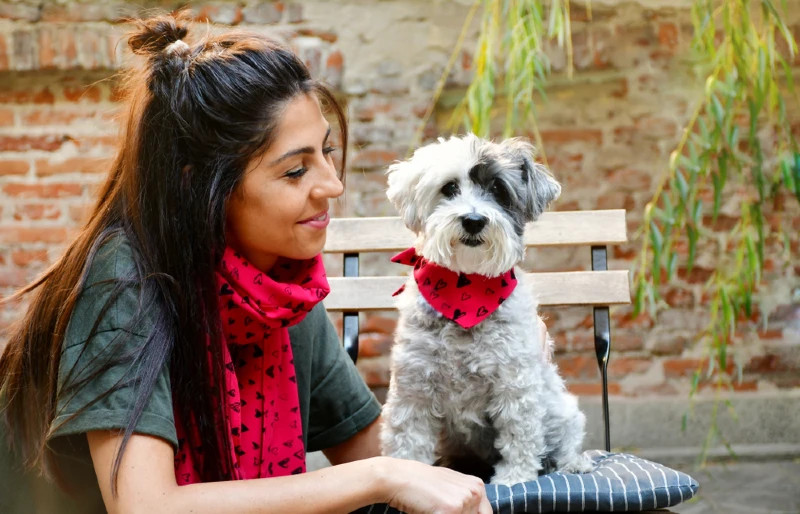
Grooming the Havanese
Because a Havanese rarely sheds, does this mean you have to groom them less? Even though you don’t have to worry about combing up many dead hair follicles, grooming is still crucial.
Brushing
Havanese have long, silky hair that becomes easily matted and tangled over time. When you get your Havanese, you should quickly acclimate them to daily brushing. This will keep their coat silky and tangle-free.
You can opt for easy-to-manage haircuts that cut back on grooming time. But constant maintenance is unavoidable if you want to achieve a more natural cut.
- Slicker Brushes: Slicker brushes have flat, even bristles that eliminate dander and debris. Most of them have retractable bristles for easy cleaning. These are excellent everyday grooming tools.
- Bristle Brushes: Bristle brushes can be made of synthetic or real animal hair. These brushes are excellent for even oil distribution and removing everyday dander.
- Deshedding Tools: Deshedding tools are a great item to have on hand to alleviate dead undercoats. It would be best if you only used these tools sparingly—every 6 weeks or so. Otherwise, it can cause skin irritation.
Bathing
You should bathe your Havanese once every 4 to 6 weeks. Since they can have sensitive skin, try to gravitate toward all-natural, fragrance-free shampoos. Conditioner is optional, but it really helps with brushing.
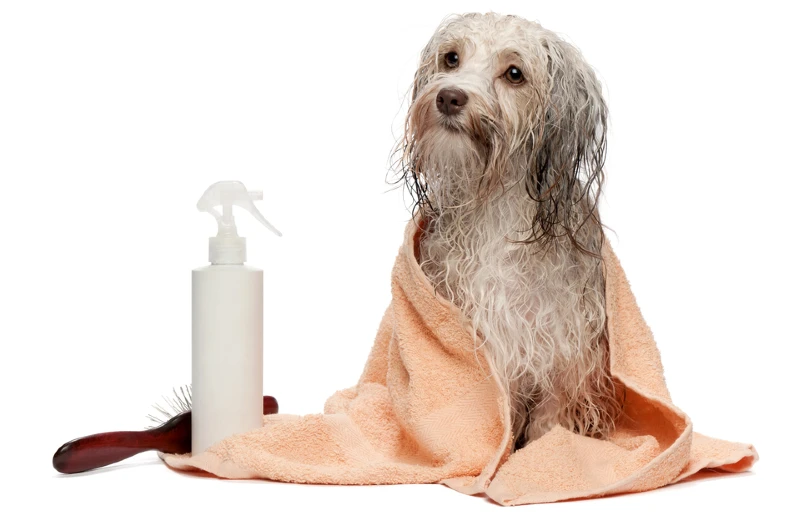
Hairstyles for a Havanese
The cool thing about the Havanese is the amount of hairstyle possibilities. These dogs will need to see a groomer on a routine basis. This means you can opt for all sorts of different hairdos. Here are the most popular picks for Havanese dogs today:
- Kennel Cut: The kennel cut is a basic short coat—also referred to as the sporting trim or buzz cut. These cuts are short and easy to maintain. This cut is a great way to prevent tangles.
- Teddy Bear: The teddy bear is a haircut similar to the kennel cut, but the face trimming differs. It gives the facial structure a rounded appearance, creating the innocent, adorable look the Havanese is famous for.
- Asian Fusion: The Asian fusion hairstyle is a newer trend ever-growing in popularity. It takes precise cuts and sharp angles to create the doll-like appearance desired.
- Show Trim: The show trim is much more closely resembles the natural coat beauty of a Havanese. Ultimately, the coat is not truly “cut,” but rather trimmed to look more pristine. This coat is harder to maintain because it requires daily maintenance.
- Modified Pet Trim: The modified pet trim is a natural look like the show trim but much easier to manage. It has more visibility around the eyes, stomach, and bottom with more length all around.
- Corded: Corded hairstyles are pretty nifty, though it isn’t all that popular. Basically, cords are dreadlocks for your dog. Typically, only show dogs rock this style.
Not All Trims Are Possible
If you are interested in certain trims, understand that they are possible with the right canvas—meaning not all cuts will work for your Havanese. Ask a professional groomer about possibilities to know where to place your expectations.
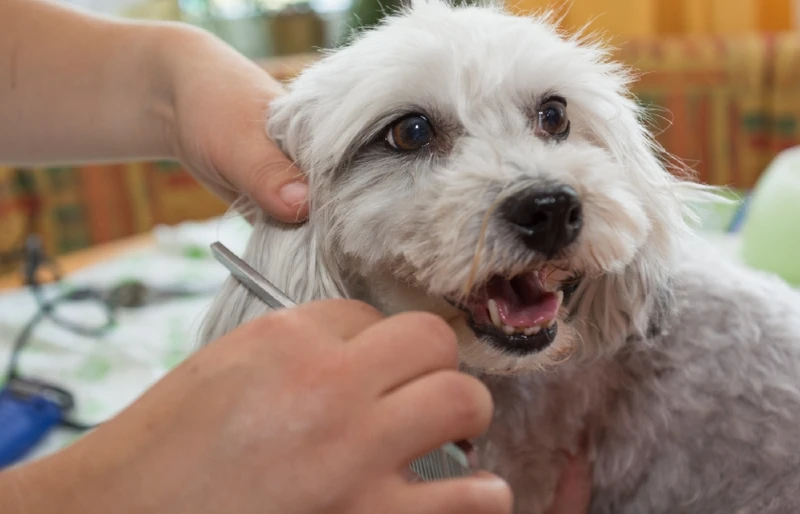
Choosing the Right Groomer
When you take your dog to the grooming facility, you want them to be calm and feel safe. It is important to find a professional groomer who is able to do the job and make your pet feel right at home. Your dog will leave the groomer like it just had a day at the spa.
Make sure to read reviews to get a good understanding of the facility’s reputation before taking your pet. While some dogs don’t care if their groomer changes, others will want the familiarity of seeing the same face. So make sure to acclimate your dog to the groomer the way you would to your vet.
Conclusion
Havanese are beautiful dogs that are easy to manage. Even though grooming needs might be higher because of the length, there are significant upsides. These dogs barely shed—almost unnoticeably so. If you or a family member suffers from allergies, these are close-to-hypoallergenic dogs that are less likely to irritate the senses.
Featured Image Credit: ombadesign, Pixabay


